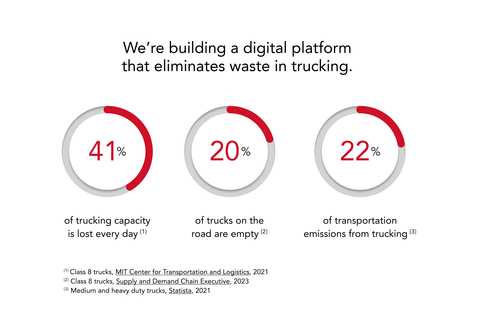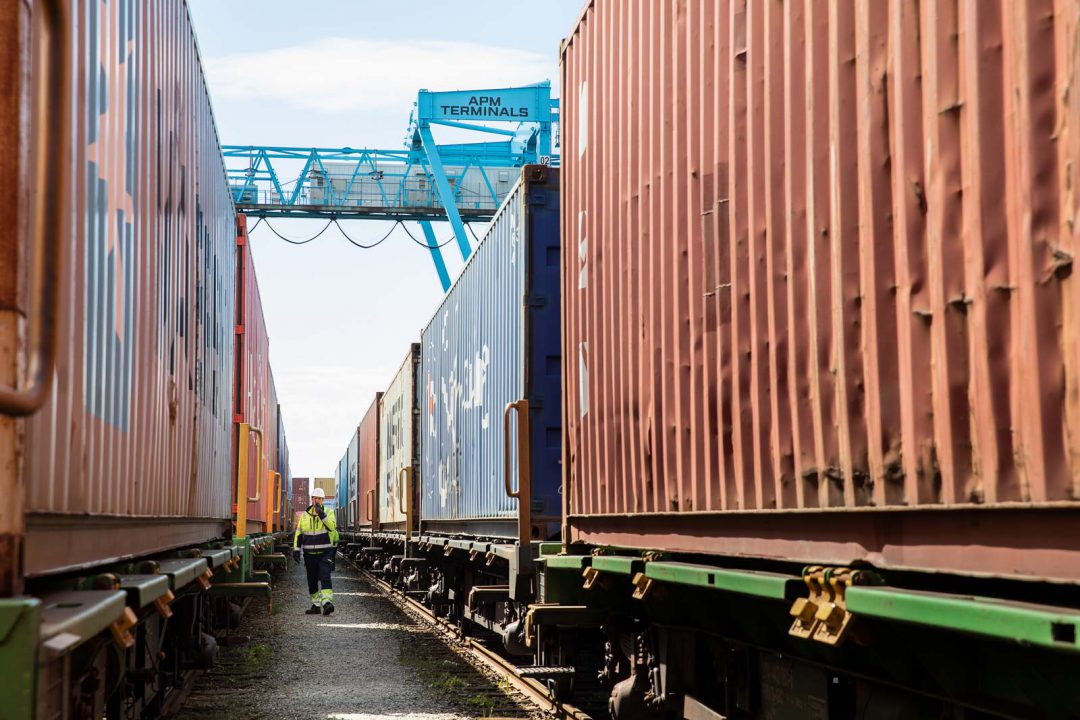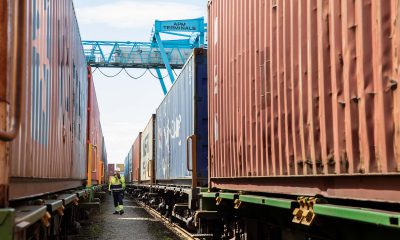Freight data standardization is something everyone has been talking about for quite a long time now, but really, not much impact has been made.
The challenge, really, is not the fact that organizations are unable to move the needle in the right direction or that there is a lack of support from regulators and international industry associations.
The problem is two-fold. Standardizing freight data will cost everyone some money, that’s the first problem, and obviously, is something that is immediately going to cause negative responses among all stakeholders.
The second problem, once the cost barrier has been breached, is the need to collaborate to create a “standard” to adhere to in the first place. There’s responsibility in this space, but there’s also a kind of challenge that will face anyone who undertakes to overcome this obstacle.
However, to many, the need for freight data standardization itself isn’t clear — or even the meaning of it. So let’s dive into those topics before discussing how to tackle the two problems with implementing a “standard” for it.
What is freight data standardization?
Essentially, it’s the sharing of data in a usable format across the supply chain, from the time the goods are sold to the time they actually reach the customer — irrespective of who is moving it to the air or sea port, which airline or shipping line is carrying it, and who will collect and transport it to the buyer.
It’s important to understand that the format must be “usable”. It’s not like different companies aren’t willing to share data at the moment, but the way they’re storing it in the first place makes sharing it quite pointless.
Take company A, B, and C for example. Company A may store the number of goods being sent as 100, but that number might represent the number of palettes.
For company B, the number might be one because they only store information about the units being shipped — and all of the 100 palettes are therefore one unit.
For company C, the number might again be 10, as they’ll need 10 carts to move those 100 palettes and that’s how they count the units in their business.
Now, when the three share data, they won’t be able to make much sense of it because their data isn’t standardized.
If you’re in the freight forwarding business or working for a shipping line, freight data standardization is bound to mean less to you than it will to someone who works for an exporter or a multi-national corporation.
In other words, as an executive’s relationship with cargo becomes more complex and distant, the need for freight data standardization becomes clear.
Overcoming the challenges to data standardization
As discussed previously, data standardization has two challenges. The first is the cost, and the second is the need for someone to take up the leadership position.
At this point, although any comments are purely speculative, thoughts have been influenced by the ideas shared by speakers and leaders at various forums over the years.
Essentially, there’s one school of thought that says government organizations in every country should bear the cost of helping “standardize” the data in this industry — but it’s not because governments, by default, should bear all costs. It’s because they stand to gain the most.
Needs further explanation? Well, when freight data is standardized, it’s easy for the government to run and harmonize its various excise, customs, and other tax-generating units. As a result, costs of collection are reduced and income is increased (optimized).
Hence, the government ultimately is the single largest winner of this standardization process — which is why they should pay.
Now, which organization should take up the challenge of implementing data standardization? Well, that’s the easy question to answer: The government.
Why? Well, whether it is the GST in India or the GDPR in the EU, the body that implemented such large changes in the way businesses operated was a unit of the government. It’s their forte, and hence, they should drive it.
Now, does this mean organizations are powerless? Well, not at all. Organizations can work with software vendors to improve their readiness for data standardization, and if possible, can work with close partners along the value chain to implement something that helps them in the meanwhile.
In the long term, once the government rolls something out, organizations that are already using some sort of standardization will find it easier to move than those that aren’t working on any such initiatives.























